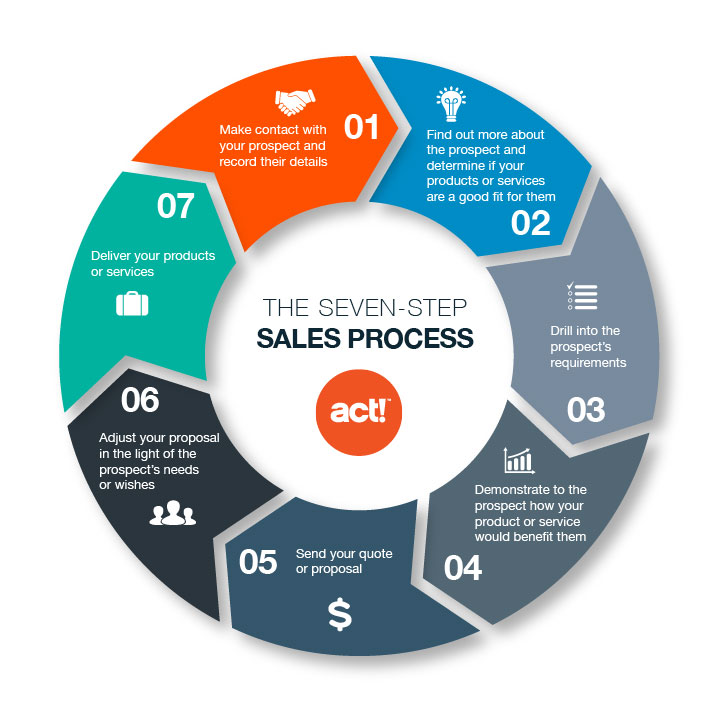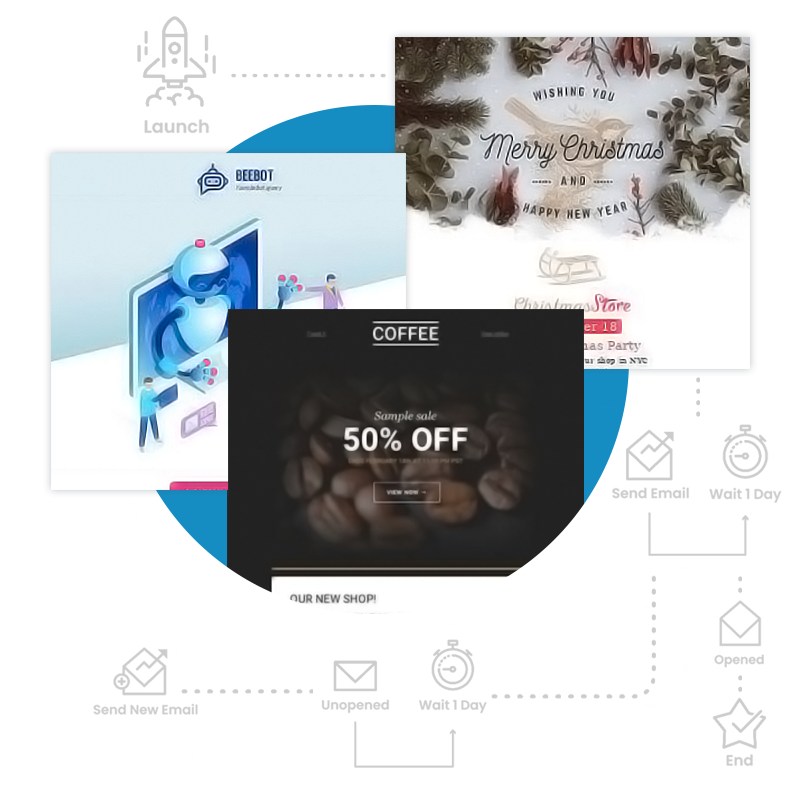Two of the best sales prospectors I’ve ever known worked in two completely different industries.
The way they prospected seemed a million miles apart. However, the techniques they used had more in common than you’d think.
The first was the CEO of a startup.
A former real-estate agent, he was a natural seller. Twice a week, he’d release a video on LinkedIn discussing issues relating to the industry he worked in. These videos were basic, just him talking to the camera. They also barely, if at all, mentioned the product he was selling.
Each video would gain a small collection of likes, comments, and reshares on the platform. These interactions were the first step in what was ultimately a very successful lead generation and prospecting strategy.
The second was a friend of my mum.
An insurance salesperson and naturally social, she would always be out and about meeting new people. Whether at sports clubs, coffee meetings, or visiting their businesses.
Like the CEO mentioned above, she was always genuine, and often wouldn’t appear to be selling. She was simply expanding her network with the knowledge that people need insurance and, when they do, she’d have a good chance of being the person they thought of.
Both these sales prospecting strategies were effective for similar reasons.
- First, they generated warm leads; people who the company knew had an interest in the product.
- Second, they are perfect strategies for early in the sales cycle when the lead is open to learning about the product but will be put off by a pushy sales pitch.
- Third, both prospecting techniques were part of a consistent, ongoing strategy.
Of course, not everyone is a natural sales prospector. If you’re struggling, read this article to discover some practical techniques you can use in your sales efforts. .
Definition: what is sales prospecting?
What is the difference between a prospect and a lead?
Sales prospecting techniques
Why is sales prospecting difficult for some salespeople?
Tools for sales prospecting



